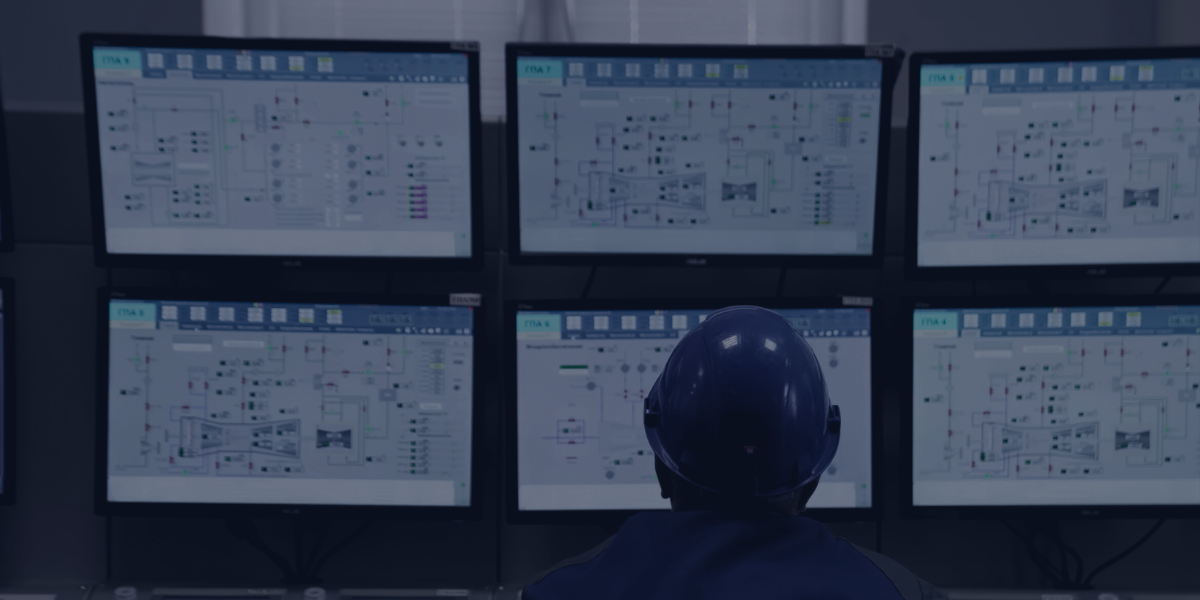Table of Contents:
Challenges and Solutions for OT and ICS to Secure Software Development
Challenges in Securing Critical Embedded Systems and Industrial Control Systems
The Importance of Secure by Design Principles
Strategies for Securing Critical Embedded Systems
Future Trends and Emerging Technologies Protecting CES
Tips to Implement Secure Software Development Measures
Ensuring Critical Embedded Systems Security: Overcoming Challenges in OT and ICS
Challenges and Solutions for OT and ICS to Secure Software Development
In today’s digital landscape, securing critical embedded systems (CES) and industrial control systems (ICS) is imperative, especially for organizations whose technology, if compromised, could have severe consequences. CES, like medical devices and nuclear infrastructure, demand 100% uptime and robust security due to their essential nature. ICS, a subset of CES, regulates industrial processes from manufacturing to power generation.
These systems face unique vulnerabilities, including legacy software and limited resources, making them targets for cyberattacks. Memory-based attacks pose significant threats, potentially causing system failures with catastrophic results.
Secure software development requires a proactive approach that addresses vulnerabilities at the root level. Traditional cybersecurity measures often fall short in this regard, necessitating innovative solutions tailored to the unique requirements of critical embedded systems and ICS.
RunSafe Security offers critical embedded systems security that enhances traditional software security without compromising system performance. Through code hardening and memory protection, RunSafe defends against known and unknown vulnerabilities, safeguarding critical infrastructure and providing robust software supply chain security.
Challenges in Securing Critical Embedded Systems and Industrial Control Systems
Ensuring the security of all technology is crucial, but CES and ICS face unique challenges. These systems embed software in physical devices, making updates complex and difficult due to the need for uninterrupted performance. Moreover, CES and ICS are deployed across diverse hardware platforms, requiring tailored security approaches.
CES confronts challenges in updating and patching vulnerabilities, often operating in environments where frequent updates are impractical. Performance constraints further limit traditional security measures. The diverse hardware architectures and operating systems add complexity to security efforts, demanding adaptable solutions.
Security breaches in CES and ICS can have dire consequences, affecting various sectors from medical devices to power plants. Breaches could result in data manipulation, operational disruptions, equipment damage, or threats to human safety. The interconnected nature of modern infrastructure amplifies the impact of vulnerabilities, affecting entire supply chains and critical services. Securing these systems demands a comprehensive approach tailored to their unique requirements, emphasizing innovation and adaptability.
The Importance of Secure by Design Principles
In the realm of software supply chain security, the Secure by Design paradigm ensures that the entire organization is aligned in building software that is impeccably planned, designed, tested, and maintained.
This approach entails proactive threat modeling, multi-layered defense mechanisms, vulnerability scanning, and various other strategies to prioritize security and mitigate threats. When developing software for CES or ICS, organizations must integrate security as a critical priority from the outset. This involves implementing best practices to establish safeguards against potential threats, conducting multiple rounds of security-focused testing during the quality assurance phase, and regularly performing threat modeling and vulnerability exercises on released products.
For developers, utilizing a Software Bill of Materials (SBOM) is a valuable practice. An SBOM generates a comprehensive list of all software components and their versions, aiding in the identification of dependencies that may introduce security vulnerabilities.
RunSafe offers an efficient solution by generating an SBOM and identifying any components that may increase the attack surface of a project. Integrating RunSafe into a developer’s workflow streamlines the process, facilitating proactive security measures and ensuring the resilience of critical systems against cyber threats.
Strategies for Securing Critical Embedded Systems
Critical embedded systems security demands a multifaceted approach to address unique challenges. While human error is inevitable, strategies like automated code hardening and memory corruption prevention mitigate risks. RunSafe’s solution offers memory protection and serves as a Moving Target Defense (MTD), adjusting code structure at runtime to thwart hackers.
Automated code hardening injects unique binary diversification into software builds, protecting against memory-based attacks without system performance impact. Memory corruption prevention disrupts exploitation techniques at runtime, neutralizing threats without impairing functionality.
Supporting diverse platforms streamlines maintenance and updates, while staying updated on evolving threats is crucial. RunSafe’s solutions, compatible with various platforms including LynxOS, VxWorks, and Linux, fortify CES against known and unknown vulnerabilities.
By integrating these strategies and RunSafe’s technologies, organizations enhance CES security, safeguarding critical systems against cyber threats and ensuring uninterrupted operations.
Future Trends and Emerging Technologies Protecting CES
In the realm of cybersecurity, upcoming trends and emerging technologies are poised to revolutionize the protection of CES. One significant trend is the integration of artificial intelligence (AI) into security solutions, enabling real-time threat detection and response through advanced data analysis.
Moreover, the proliferation of Internet of Things (IoT) devices in critical infrastructure introduces both challenges and opportunities. While expanding the attack surface, IoT integration also presents avenues for innovative security measures, including device-level encryption and authentication protocols.
Tips to Implement Secure Software Development Measures
For organizations aiming to bolster their software supply chain security, implementing secure software development measures is paramount. Below are some practical recommendations:
- Adopt a Secure by Design approach: Integrate security considerations into every stage of the software development lifecycle, prioritizing security from design to deployment.
- Implement automated code hardening: Leverage tools like RunSafe’s automated code hardening solution to fortify software against memory-based attacks without compromising performance.
- Conduct regular vulnerability assessments: Perform comprehensive vulnerability scans and audits to identify and address potential weaknesses in CES and ICS environments.
- Ensure diverse platform support: Support a variety of hardware platforms and operating systems to facilitate easier maintenance and updates across environments.
- Stay informed about emerging threats: Keep abreast of evolving cybersecurity threats and trends, and continuously update security measures to adapt to changing landscapes.
- Integrate RunSafe Protect: Utilize RunSafe Protect to streamline software security processes, automate cybersecurity measures, and seamlessly integrate security into developers’ workflows.
By implementing these practical recommendations, organizations can significantly improve the security posture of their critical systems, safeguarding mission-critical infrastructure against cyber threats.






